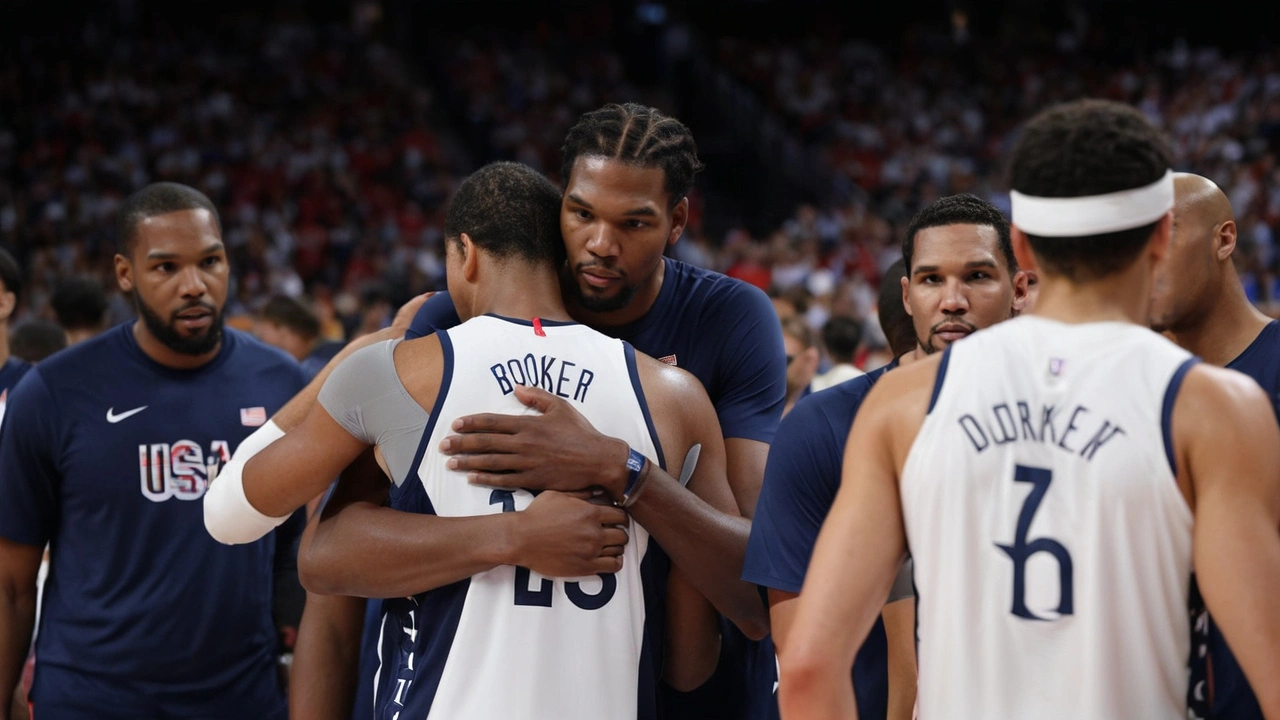Lineup Change: What It Means and Why It Matters
Ever wonder how swapping just one player can flip a game or an event on its head? That’s exactly what a lineup change does. It’s about switching who’s in the game, and this change can shake up team chemistry, strategies, and even the overall outcome. Whether it’s football, basketball, or any other sport, these shifts create fresh dynamics every time.
Take soccer for example. When Real Madrid rotated their squad to rest stars like Mbappé against Getafe, it wasn’t just a simple swap; it was a smart move to keep players fresh for bigger matches. But this kind of lineup change also gives newer or less experienced players a chance to shine—like when youngsters Endrick and Güler got their spots in the starting eleven. It’s a win-win: rest for key players and growth opportunity for others.
Why Coaches Make Lineup Changes
Coaches don’t just swap players on a whim. Changes happen for many reasons—injuries, tactical shifts, or even to send a message to the team. Sometimes a fresh lineup can fix a struggling defense or boost attack firepower. Remember when the Boston Celtics lost Jayson Tatum but rallied behind Derrick White and Jaylen Brown? That lineup change kept their playoff hopes alive and showed how versatile teams can be.
In tournaments like the FIFA Club World Cup, lineup changes become even more strategic. Teams juggle player fitness and game schedules, adapting their lineups to manage fatigue. This kind of flexibility can be the edge that snares a win or a spot in the next round, which is exactly what happened with clubs like Fluminense holding strong defensively against tough opponents.
Beyond Sports: Why Lineup Changes Grab Attention
Lineup changes don’t just affect the game; they affect fan emotions and media buzz. A fresh face in the lineup can spark hope or concern among supporters. When Marcus Rashford scored his first goal for Aston Villa after a lineup reshuffle, fans buzzed with excitement and speculation about his future moves. On the flip side, split-second adjustments like the Golden State Warriors using a hot shooting lineup with lots of three-pointers can change playoff trajectories and stir big discussions.
So, lineup changes are more than just names on paper—they're about energy shifts, strategy, and giving teams new chances to win. Next time you hear about a lineup change, remember it might be the play that makes all the difference.

This article delves into Team USA's adaptability during their recent game against South Sudan. It explores the impacts of a starting lineup change on the team's performance and strategy. Highlighting key players and the importance of flexibility, the piece underscores how such adjustments can enhance a team's success in sports.
Read More